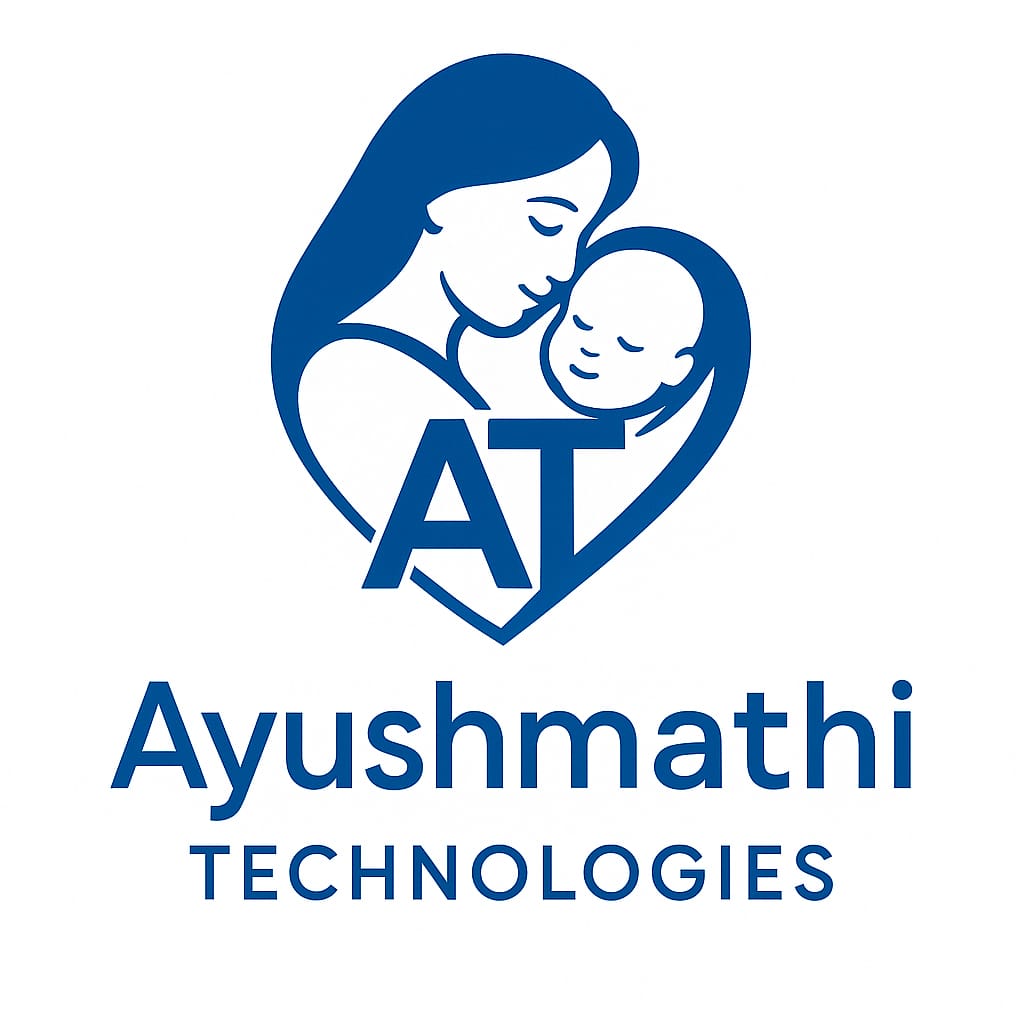Bussiness Ideas
According to UNICEF, there are around 132 million childbirths every year. A medical condition called Postpartum Haemorrhage (PPH) contributes to 25% of all maternal deaths. Approximately 14 millions of all deliveries are complicated by PPH. Uterine atony is a condition where uterus doesn’t contract strongly enough to limit the blood loss after delivery, and this leads to excessive blood loss between 500-1500 ml depending upon the stage of PPH. The prevalence of severe cases, characterized by blood loss exceeding 1,000 mL is about 1.86% of all deliveries. Most of these deaths happen in the first 24 hours. Morbidity is preventable in >90% of cases with early diagnosis and treatment initiation. Losing a lot of blood can cause a severe drop in the mother's blood pressure, it may lead to shock and death. Traditional methods rely on visual blood loss estimation, which underestimates blood loss up to 75%, with the magnitude of error increasing with increased PPH severity and insensitive to internal bleeding. Change in vital signs such as blood pressure only appears at the significant delay due to the compensatory mechanism of the body. Access to advanced-stage haemorrhage treatments is often scarce in low and middle-income countries (LMICs); thus, early diagnosis of PPH is of paramount importance. Deliveries in rural India are attended by incompletely trained birth attendants and there is a lack of workforce and equipment for close monitoring following delivery.
The proposed wearable device Artemis stands out as an unconventional and creative solution for the early detection of PPH due to its innovative approach to monitoring hemodynamic instability by measuring microvascular flow parameters.
• Artemis uses the series of inbuilt biosensor technology that can be connected to the mother on her wrist to measure mass of the haemoglobin using PPG and microvascular flow patterns using SPG. These parameters will provide an early marker of PPH.
• The non-invasive approach offers significant patient compliance and an advantage over invasive methods that require catheterization or blood sampling.
• Real-time monitoring allows for early detection of PPH, even before symptoms become apparent.
• The wireless design of the device enhances patient comfort and mobility, making it a practical solution for continuous monitoring in the postpartum setting.
• We aim to build an affordable and reusable device in a broad range of healthcare settings, particularly low-resource environments where PPH poses a significant challenge
Show More

